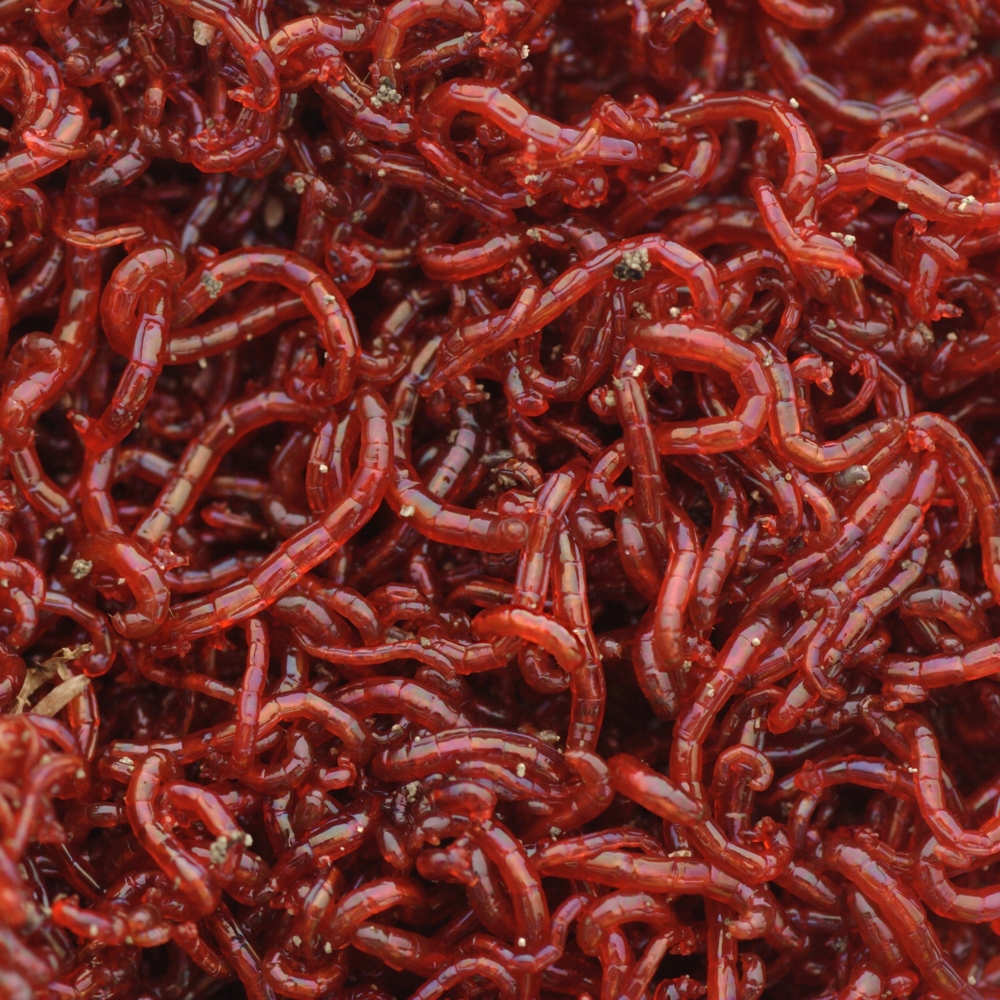Red worms: Best for composting
Red worms: Best for composting
Blog Article
Utilizing Red Wigglers for Efficient Organic Garbage Disposal
These worms not just boost waste decay yet additionally yield valuable worm castings, which can significantly improve soil health. Recognizing the subtleties of establishing up a successful worm container and preserving an ideal environment is vital for optimizing their benefits.
Benefits of Using Red Wigglers
One of the most compelling advantages of utilizing red wigglers for natural garbage disposal is their amazing effectiveness in composting. These worms, clinically referred to as Eisenia fetida, are especially adjusted for breaking down organic materials, enabling them to process waste up to twice their body weight each day. This rapid decomposition not only accelerates the composting process but likewise creates nutrient-rich worm castings that considerably improve soil quality.
Additionally, red wigglers add to a reduction in landfill waste. By drawing away natural products from garbage dumps, they assist reduce methane discharges-- a potent greenhouse gas. This ecological advantage is critical in the battle versus climate modification.
Additionally, red wigglers are low-maintenance and can prosper in different environments, making them available for both amateur and knowledgeable composters. Their capability to replicate rapidly ensures a constant populace, assisting in ongoing waste handling.
Establishing Up Your Worm Container
Producing an effective worm bin is essential for making best use of the benefits of composting with red wigglers. Make certain the bin has ample drainage openings to prevent excess wetness, as red wigglers grow in a moist yet not soggy atmosphere.
(red wiggler compost bin)Following, prepare the bed linen material, which serves as the worms' environment and food resource. The bin ought to be placed in a dark, temperature-controlled location, preferably in between 55 ° F and 77 ° F, to preserve worm activity.
As soon as the container is set up, introduce the red wigglers, permitting them to accommodate to their brand-new atmosphere. It's essential to monitor dampness degrees and temperature routinely. A well-maintained container will certainly not only sustain the health and wellness of the worms but additionally assist in effective disintegration of natural waste. By following these standards, you can produce a thriving ecological community that adds to sustainable waste monitoring.
(red wigglers for composting)
What to Feed Red Wigglers
An understanding of the proper diet regimen for red wigglers is vital for keeping a healthy worm population and optimizing composting efficiency. Red wigglers flourish on a diverse diet that primarily contains natural products. Perfect food resources consist of vegetable scraps, fruit peels, coffee premises, eggshells, and shredded paper. These products not only supply necessary nutrients however likewise contribute to the wetness balance within the worm container.
It is essential to avoid particular foods that can hurt the worm population. Red wigglers should not be fed meat, milk products, oily foods, or processed things, as these can draw in insects and develop undesirable odors. red wigglers. In addition, citrus fruits and hot foods ought to be decreased, as their level of acidity can be harmful to worms
Checking the worm bin for food usage prices will assist make certain that red wigglers are receiving an appropriate diet while preserving a reliable composting environment. Proper feeding important source methods are crucial for fostering a flourishing environment within the worm container.
Maintaining Your Worm Habitat
A well-kept worm habitat is essential for the health and efficiency of red wigglers. To make certain ideal conditions, it is vital to keep an eye on temperature, moisture, and aeration within the worm container (red wigglers).
An excellent rule of thumb is to preserve moisture at approximately 70% to 80%. If the bed linens becomes too damp, it can lead to anaerobic conditions that are harmful to the worms.

Utilizing Worm Spreadings in Horticulture
Rich in nutrients and helpful microorganisms, worm spreadings act as a phenomenal organic fertilizer for gardening. Produced via the gastrointestinal processes of red wigglers, these castings consist of a variety of crucial nutrients, consisting of nitrogen, phosphorus, and potassium, which promote robust plant development. Unlike artificial plant foods, worm castings offer a slow-release system, making sure that nutrients are readily available to plants over an extensive period, consequently minimizing the danger of nutrient leaching and dirt exhaustion.
Along with nutrition content, worm spreadings improve dirt framework and aeration, boosting wetness retention and drainage. The microbial life present in worm spreadings aids to subdue pathogens and advertises a healthy and balanced soil environment, more benefiting plant health. When included into the soil or made use of as a top dressing, worm castings can significantly boost seed germination prices, root growth, and total plant vitality.
For optimum results, garden enthusiasts ought to apply worm spreadings at a price of 1-2 inches per square foot, blending them right into the soil or incorporating them into potting mixes. Overall, utilizing worm castings is a green technique to improving soil fertility and guaranteeing thriving garden environments.
Conclusion

Report this page